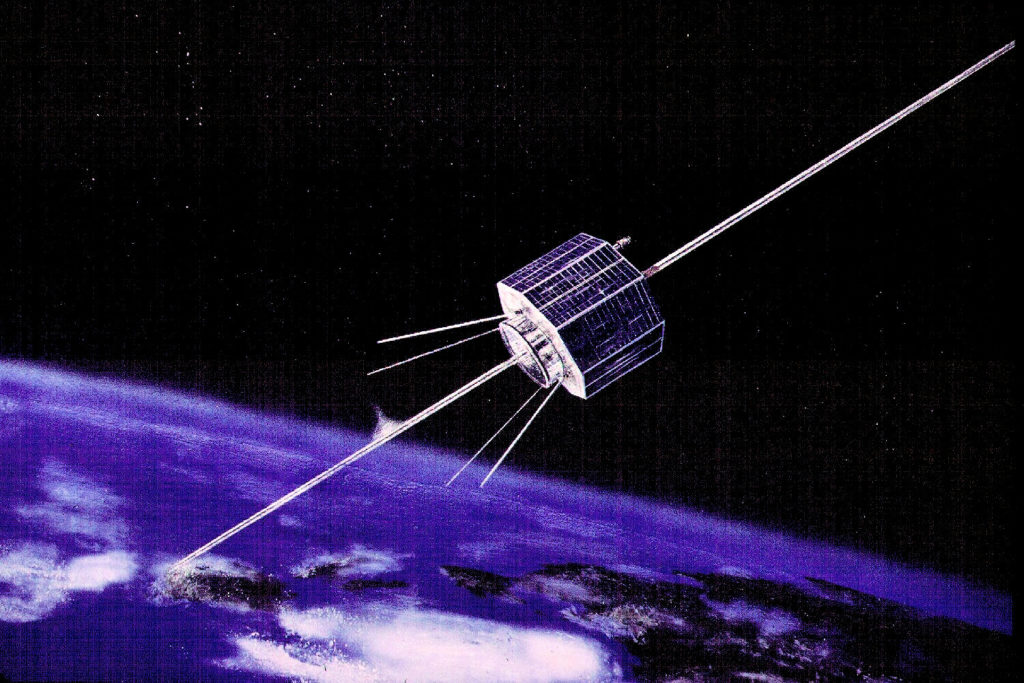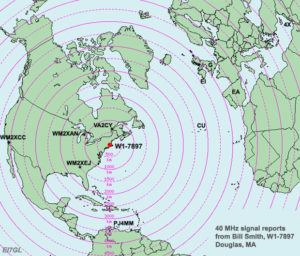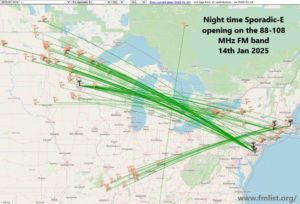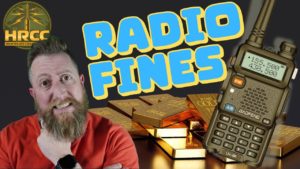Venerable AO-7 Satellite Approaching a Return to Full Solar Illumination

AMSAT-OSCAR 7 (AO-7), the oldest amateur radio satellite still in operation, is nearing a return to full illumination by the sun, which should take place around September 25 and continue until around December 26. AMSAT’s vice president of operations Drew Glasbrenner, KO4MA, says that during this period, AO-7 likely will switch between modes A (2 meters up/10 meters down) and B (70 centimeters up/2 meters down) every 24 hours. He reminded users to use only the minimum necessary power and to avoid “ditting” to find their signals in the passband, which can bounce the entire passband up and down and sometimes even cause the transponder to reset to mode A.
“Try to find yourself with very low power, or on SSB, or best, with full Doppler control,” Glasbrenner said. “If you have to use high power to find yourself, your receive antenna and system probably need improvement.”
Last May, the nearly 46-year-old AO-7 made possible contact between Argentina and South Africa — a distance of more than 4,300 miles. Both stations were aiming just 2° or 3° above the horizon. AO-7 only works when it’s receiving direct sunlight and shuts down when in eclipse.
Launched in 1974, AO-7 surprised the amateur satellite community by suddenly coming back to life in 2002 after being dormant for nearly 30 years and periodically re-emerging. AMSAT considers AO-7 “semi-operational.” The theory is that AO-7 initially went dark after several years of operation when a battery shorted, and it returned to operation when the short circuit opened. With no working batteries, AO-7 now only functions when it’s receiving direct sunlight, and it shuts down when in eclipse.
Built by a multinational team under AMSAT’s direction, AO-7 carries a non-inverting Mode A transponder (145.850 – 950 MHz up/29.400 – 500 MHz down) and an inverting Mode B (432.180 – 120 MHz up/145.920 – 980 MHz down) linear transponder. It has beacons on 29.502 and 145.975 MHz, used in conjunction with Mode A and Mode B/C (low-power mode B), respectively. A 435.100 MHz beacon has an intermittent problem, switching between 400 mW and 10 mW.
If you have found a spelling error, please, notify us by selecting that text and pressing Ctrl+Enter.







